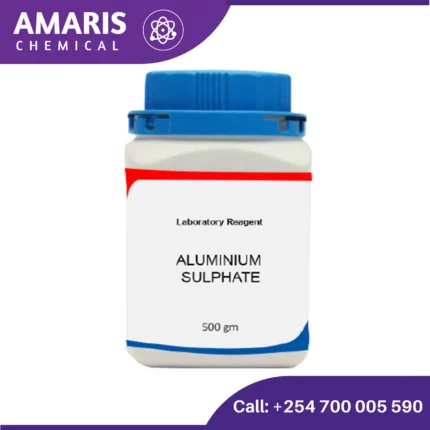
Aluminum Sulphate 500gm
$750.00 Original price was: $750.00.$600.00Current price is: $600.00.
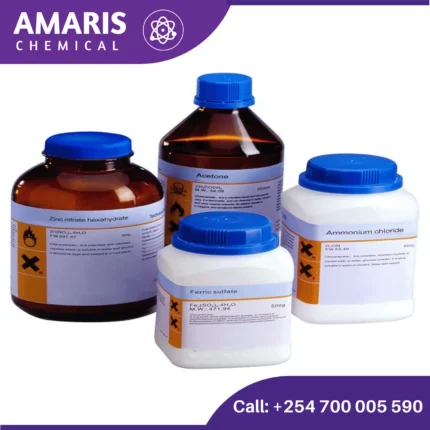
Ammonium Dichromate 500gm
$2,500.00 Original price was: $2,500.00.$2,300.00Current price is: $2,300.00.
Ammonia Acetate
$700.00 Original price was: $700.00.$600.00Current price is: $600.00.
Ammonium acetate (NH4C2H3O2) is a chemical compound with various applications and properties. Here are some key points about it:
Properties
- Chemical Formula: NH4C2H3O2
- Molecular Weight: 77.08 g/mol
- Appearance: White, crystalline solid
- Solubility: Highly soluble in water
- Melting Point: Decomposes upon heating
SKU:
ACS87766CHEM0
Category: Analytical Reagents
Description
Uses of Ammonia Acetate
Buffer Solutions
- pH Control: Ammonium acetate is used to prepare buffer solutions, which help maintain a stable pH in biochemical and molecular biology experiments. It is especially useful in high-performance liquid chromatography (HPLC) and capillary electrophoresis.
- LC-MS: In liquid chromatography-mass spectrometry (LC-MS), ammonium acetate buffers are commonly used because they are volatile and do not leave residue, which is crucial for sensitive detection.
Protein and Nucleic Acid Purification
- Protein Precipitation: Ammonium acetate is used to precipitate proteins from solutions, aiding in the purification and analysis of proteins.
- DNA and RNA Precipitation: It is employed in the precipitation of nucleic acids during DNA and RNA extraction procedures, often in combination with ethanol or isopropanol.
Molecular Biology
- PCR and Enzyme Reactions: Ammonium acetate is used in polymerase chain reaction (PCR) and other enzymatic reactions where a stable pH is required.
Analytical Chemistry
- Solvent for Analytical Reactions: It acts as a solvent or reagent in various analytical chemistry techniques, particularly those involving complexation reactions.
Histology
- Fixative: It can be used as a fixative in histology for tissue preparation before microscopic examination.
Electrophoresis
- Running Buffer: Ammonium acetate can be used as a running buffer in electrophoresis, aiding in the separation of biomolecules like proteins and nucleic acids based on their size and charge.
Reviews (0)
Be the first to review “Ammonia Acetate” Cancel reply
Shipping & Delivery
Related products
Acetaldehyde
Acetaldehyde is a simple organic compound with the chemical formula CH3CHO. It is a colorless liquid with a pungent, fruity odor. Here are some key points about acetaldehyde:
- Chemical Structure: Acetaldehyde consists of two carbon atoms, one oxygen atom, and four hydrogen atoms. Its structure is CH3CHO, where the carbon atom in the middle is doubly bonded to an oxygen atom and singly bonded to a hydrogen atom and a methyl group (CH3).
- Occurrence: Acetaldehyde can be found naturally in various ripe fruits, coffee, and heated milk. It is also produced by the oxidation of ethanol (alcohol) by enzymes in the liver and other tissues in humans, making it an intermediate product in alcohol metabolism.
Aluminum Carbonate 250g
Aluminum carbonate is a chemical compound with the formula Al2(CO3)3. It is a white, crystalline solid that is insoluble in water. Aluminum carbonate is not commonly encountered in pure form due to its high instability, especially in the presence of water and carbon dioxide. Instead, it tends to decompose into aluminum hydroxide and carbon dioxide when exposed to moisture or acidic conditions.
Ammonium Cupric Chloride
Ammonium Dichromate 500gm
Anhydrous Aluminum Chloride
Anhydrous aluminum chloride, often represented as AlCl3, is a chemical compound composed of aluminum and chlorine. "Anhydrous" means it lacks water molecules in its structure. It's a white or pale yellow solid that is highly hygroscopic, meaning it readily absorbs moisture from the air. This property makes handling it a bit tricky since it can form a solution with water vapor in the air, turning into a fuming liquid.
Potassium Lactate
Sodium acetate Trihydrate
Sodium Thiosulphate 25kg
Sodium thiosulfate (Na2S2O3) is an inorganic compound that is commonly used as a photographic fixer, as well as in medical and industrial applications. It is a white crystalline powder that is soluble in water and has a mild odor. In photography, sodium thiosulfate is used to remove unexposed silver halide from photographic prints and negatives, making the image permanent. In medicine, it is used as an antidote for cyanide poisoning, and in industrial applications, it is used as a reducing agent, a dechlorinating agent, and in water treatment processes.

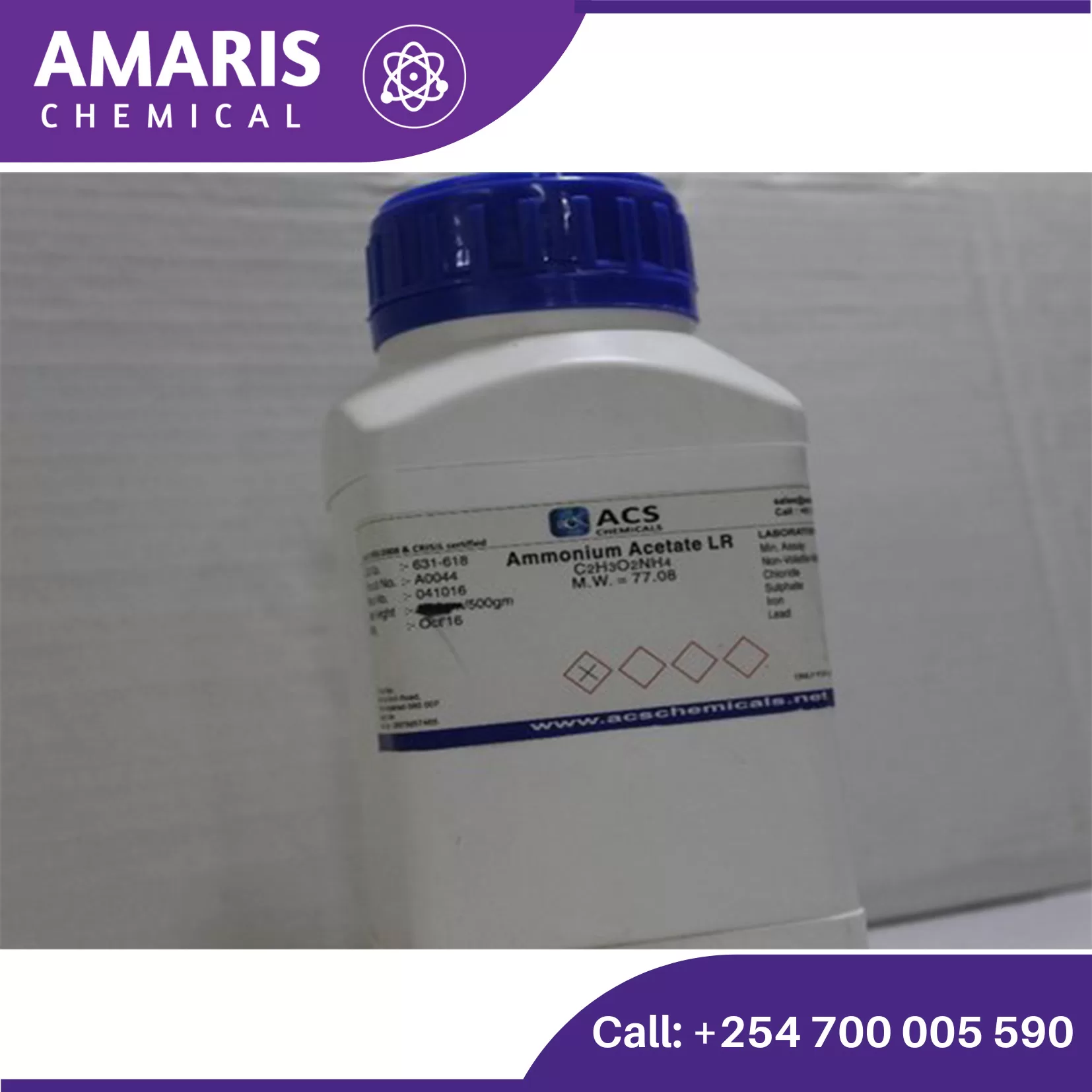
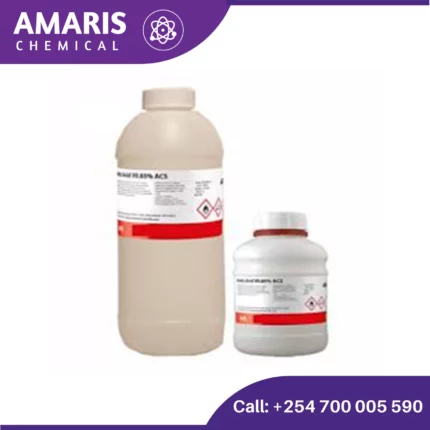
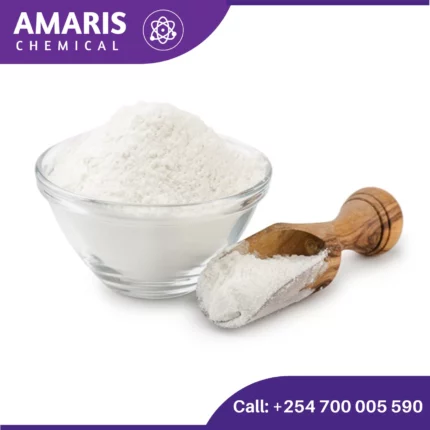
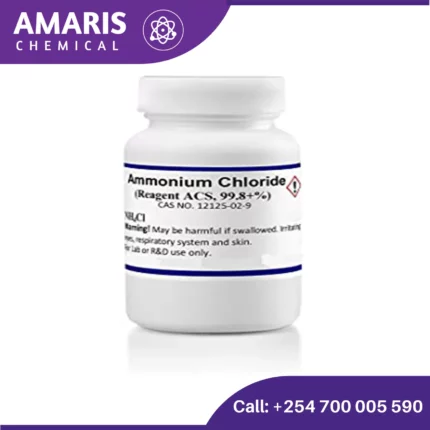
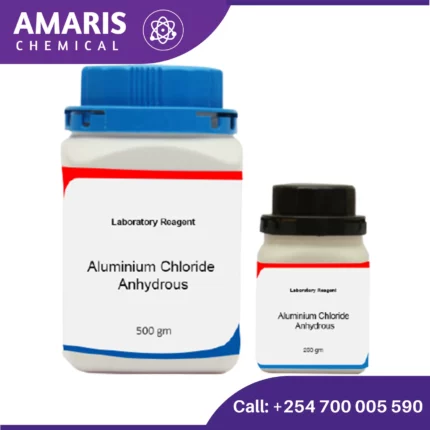
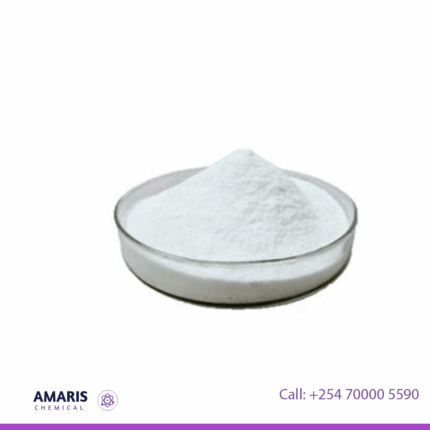


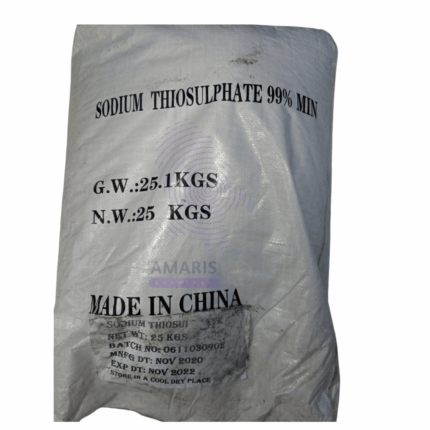







Reviews
There are no reviews yet.